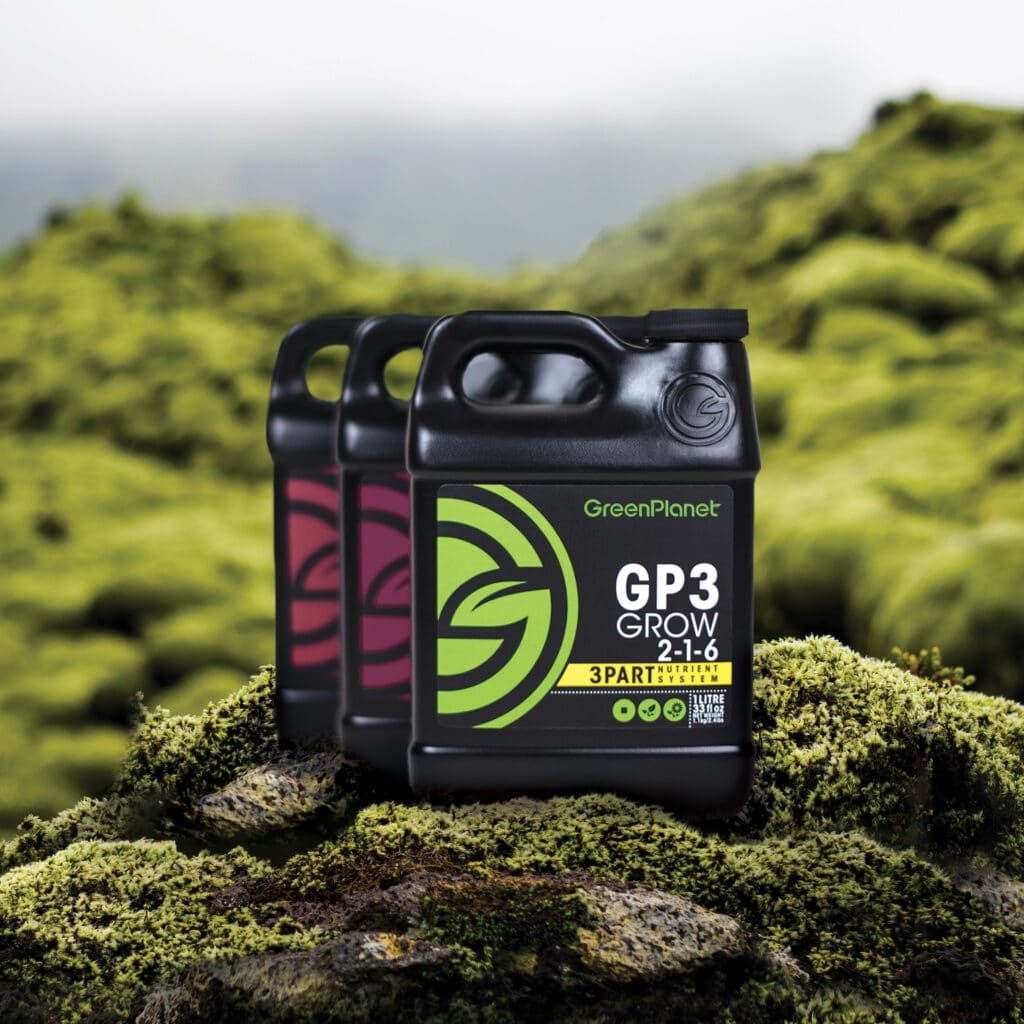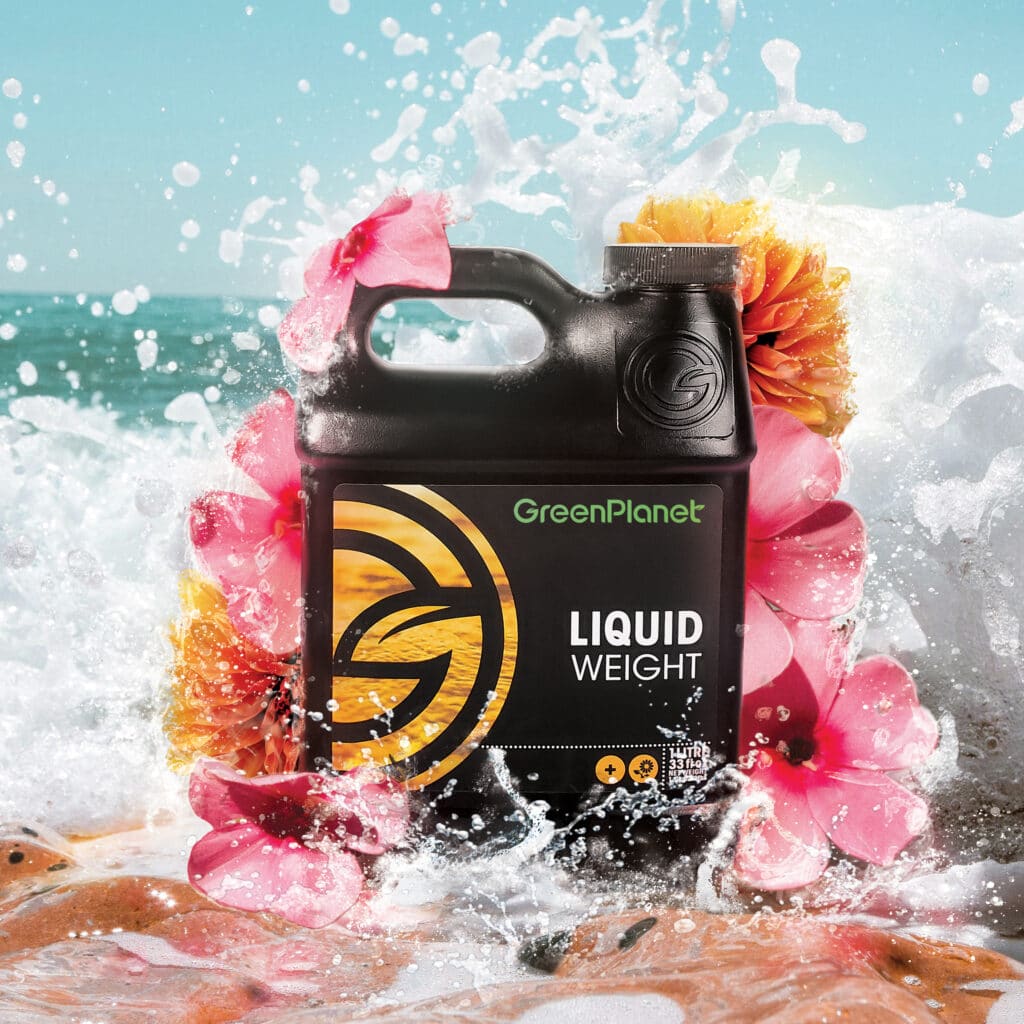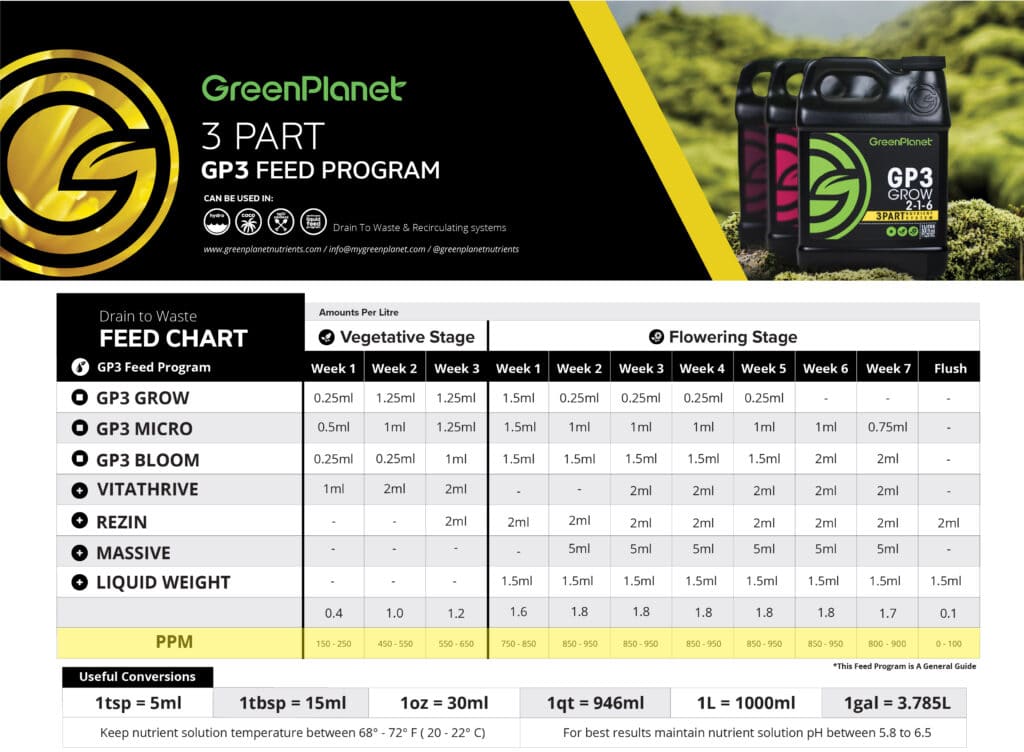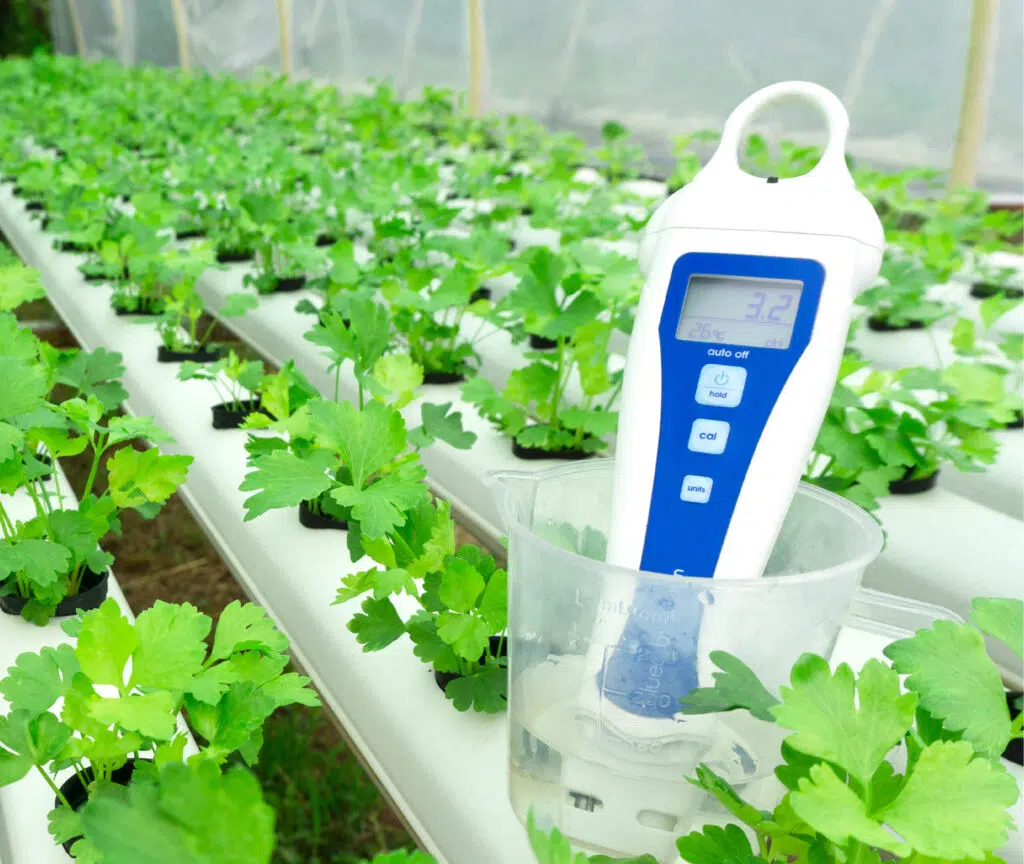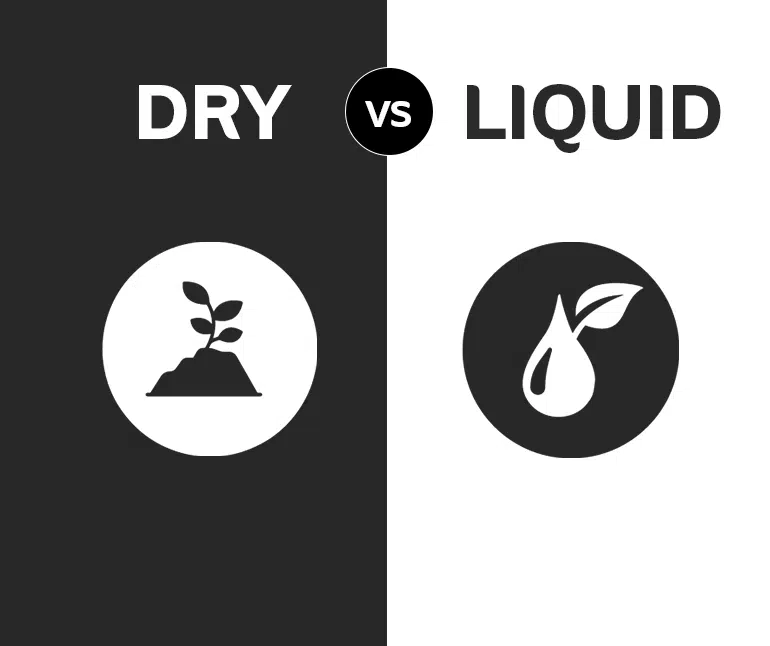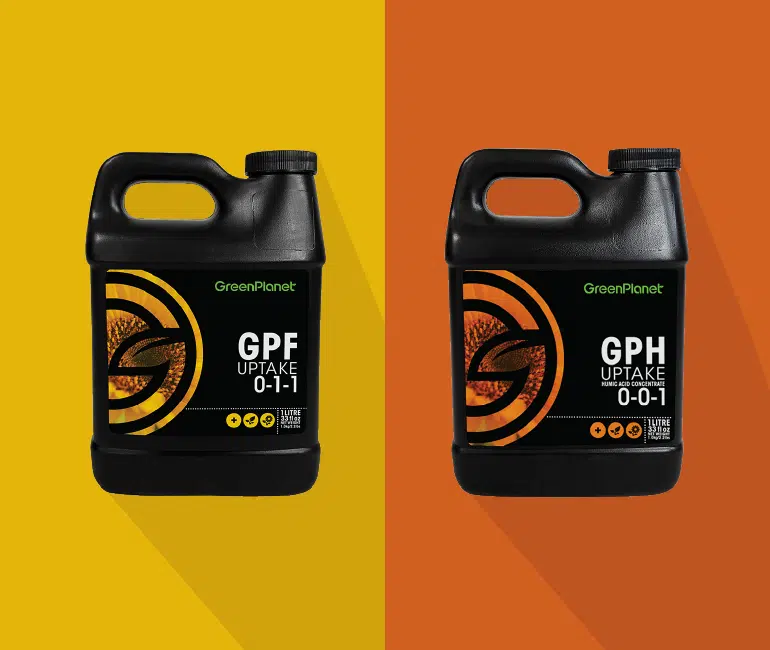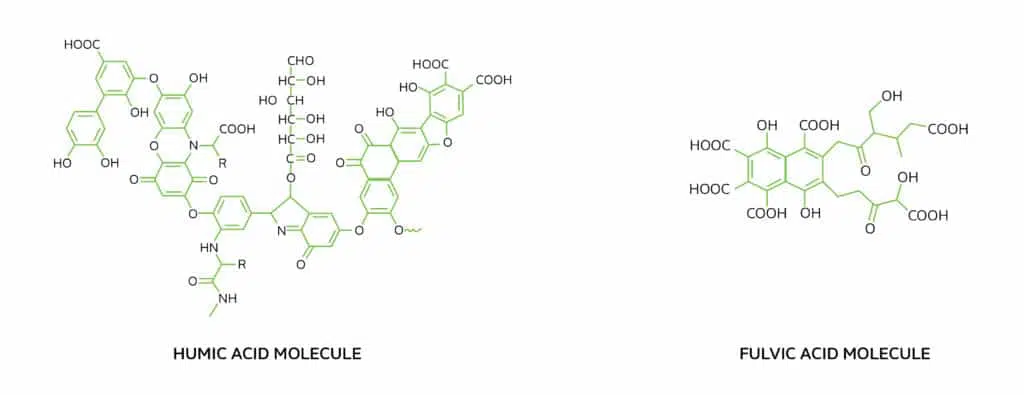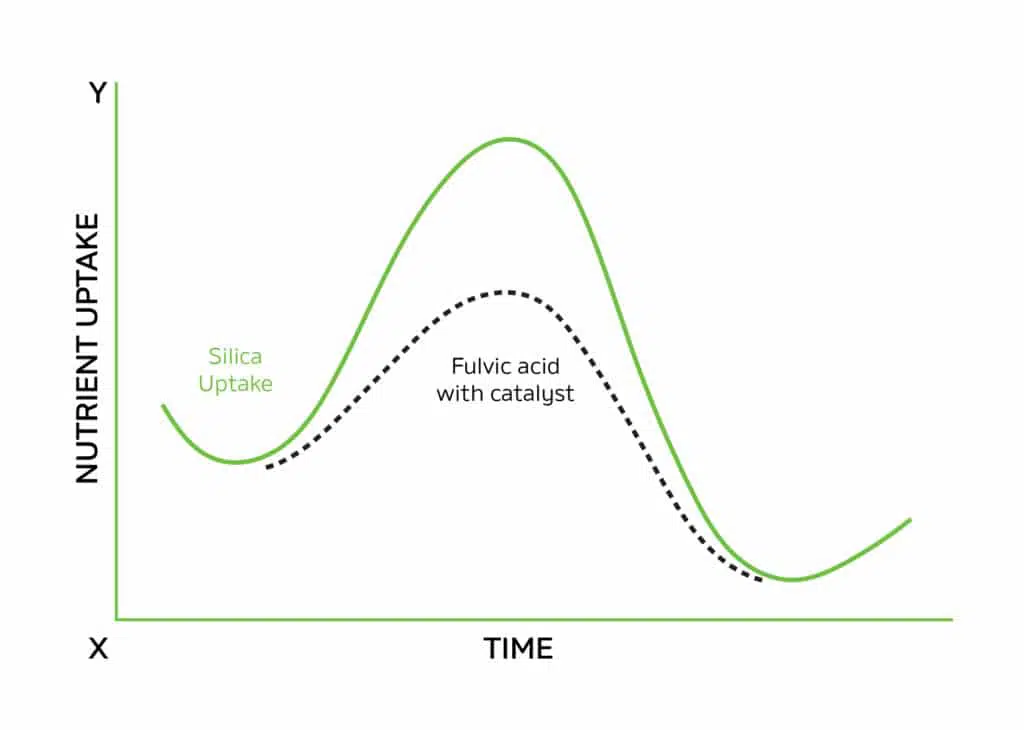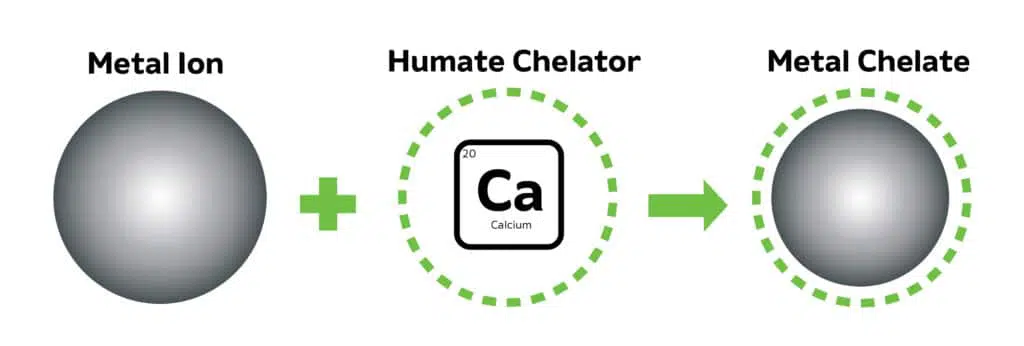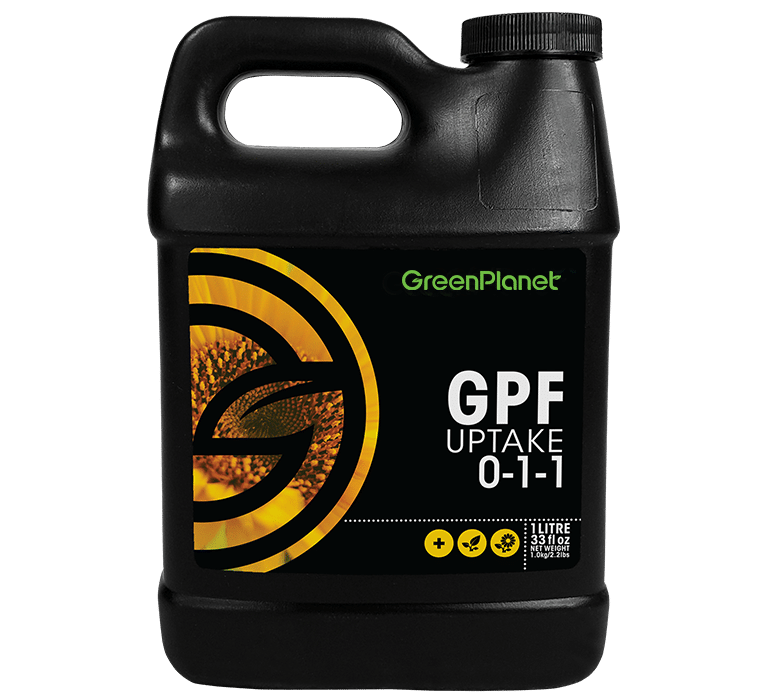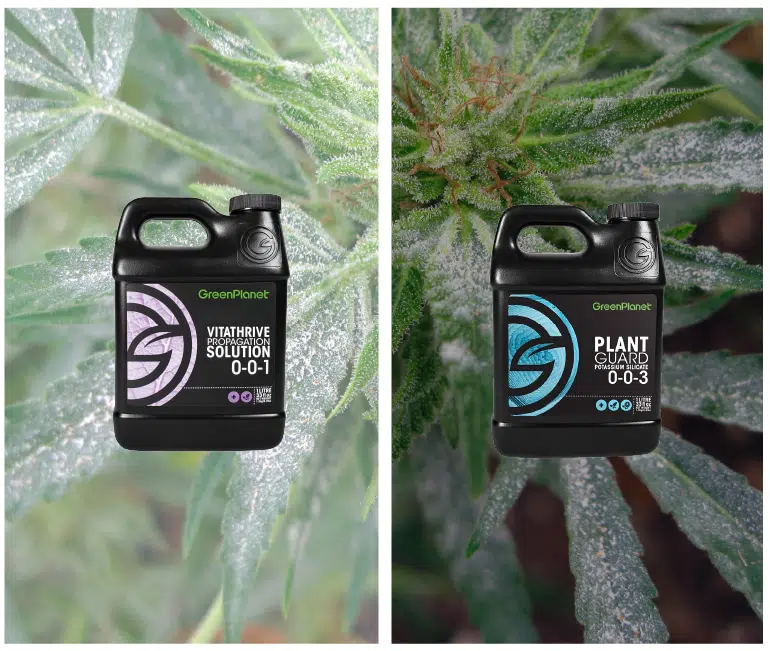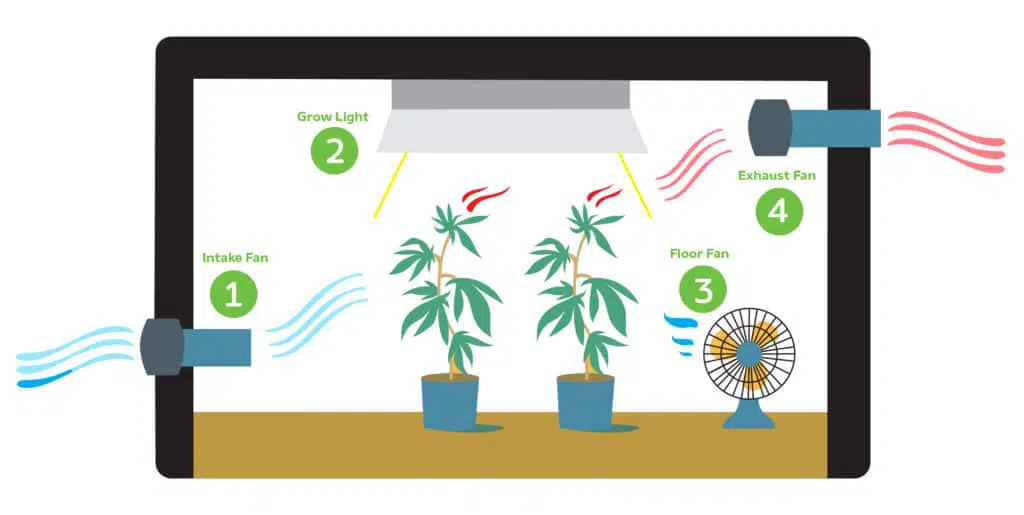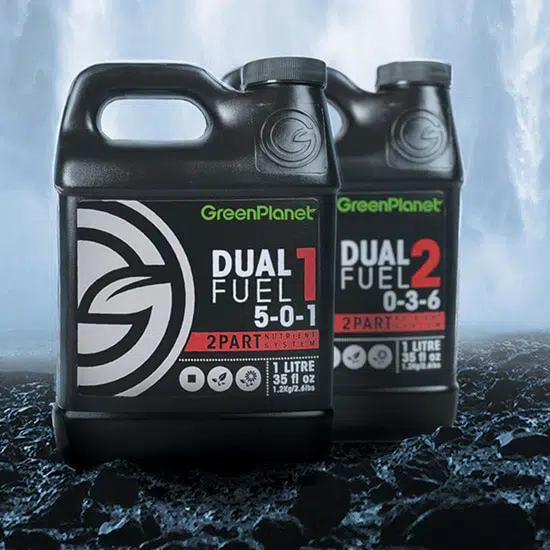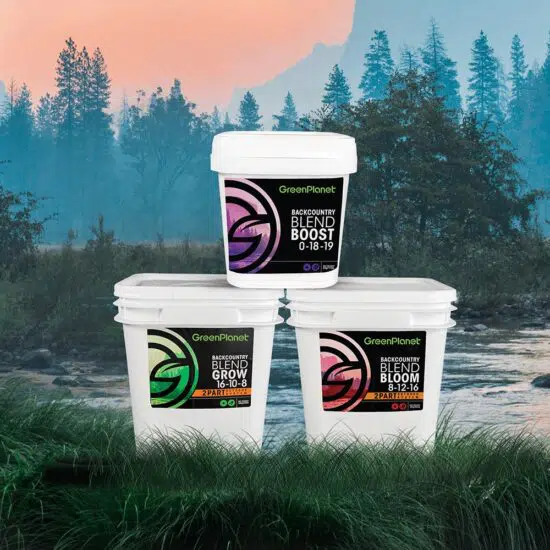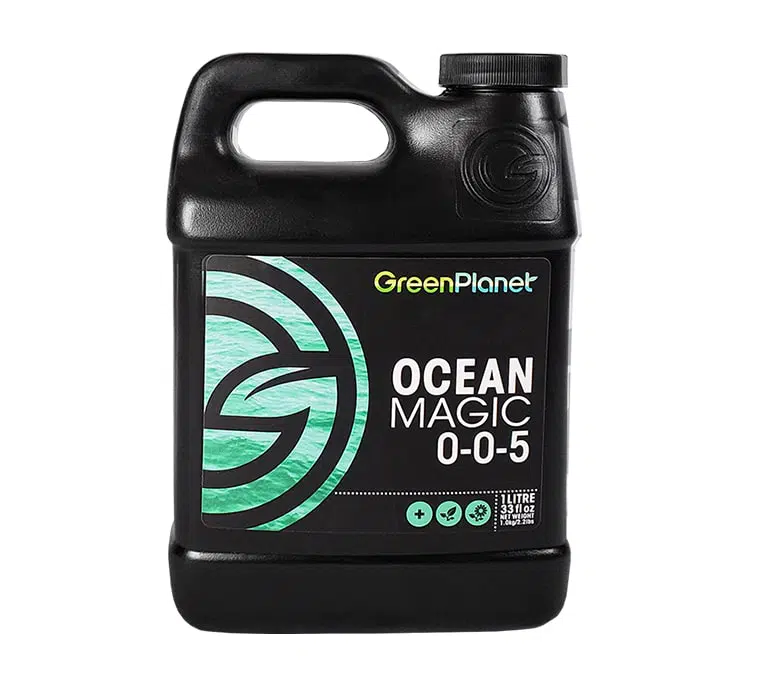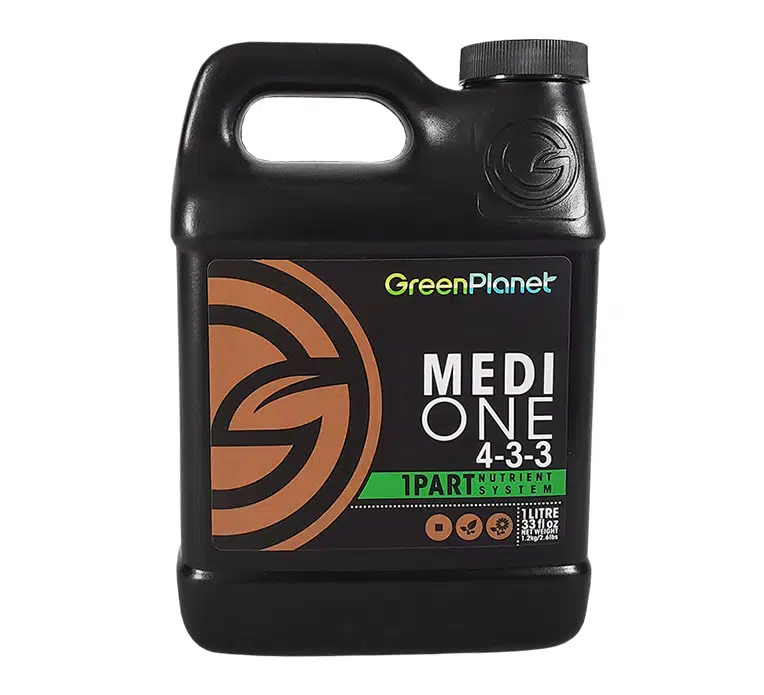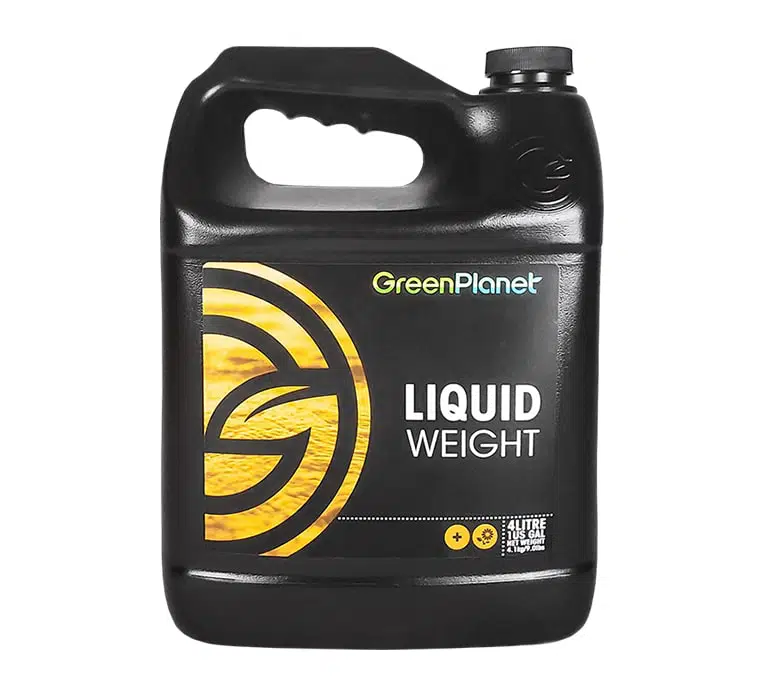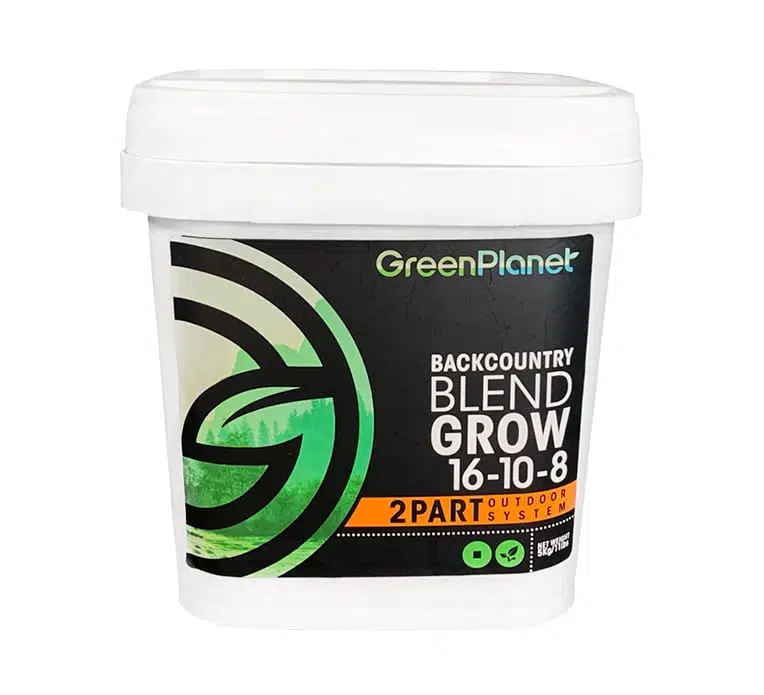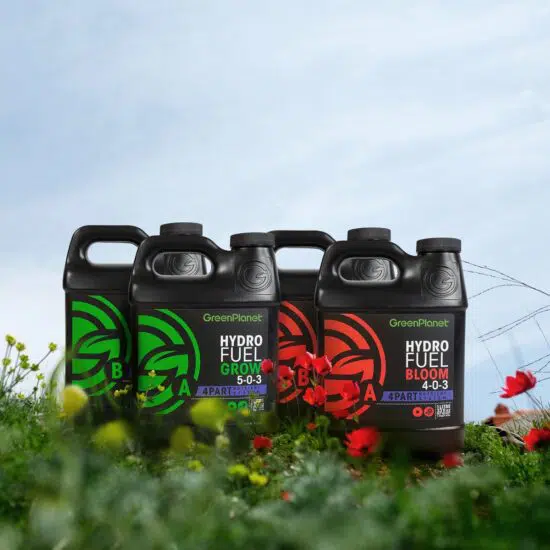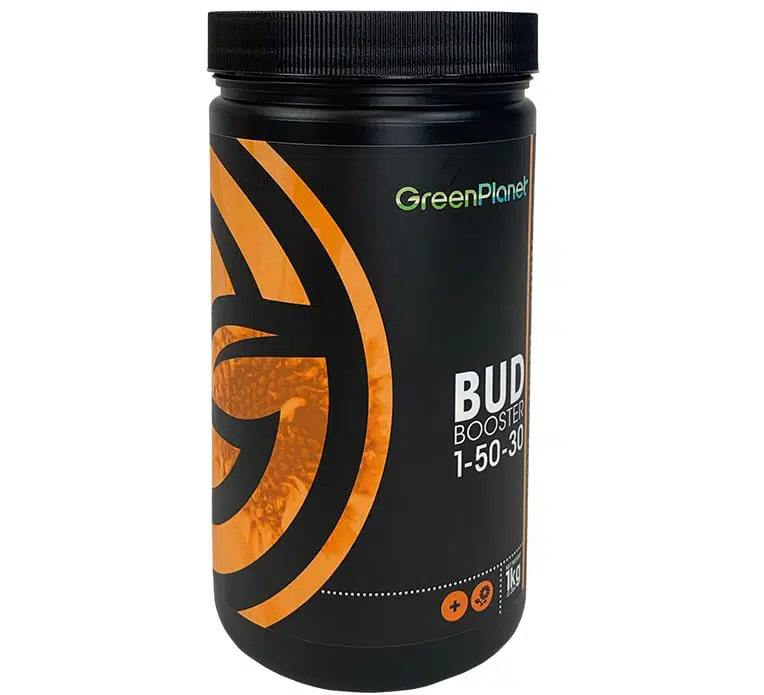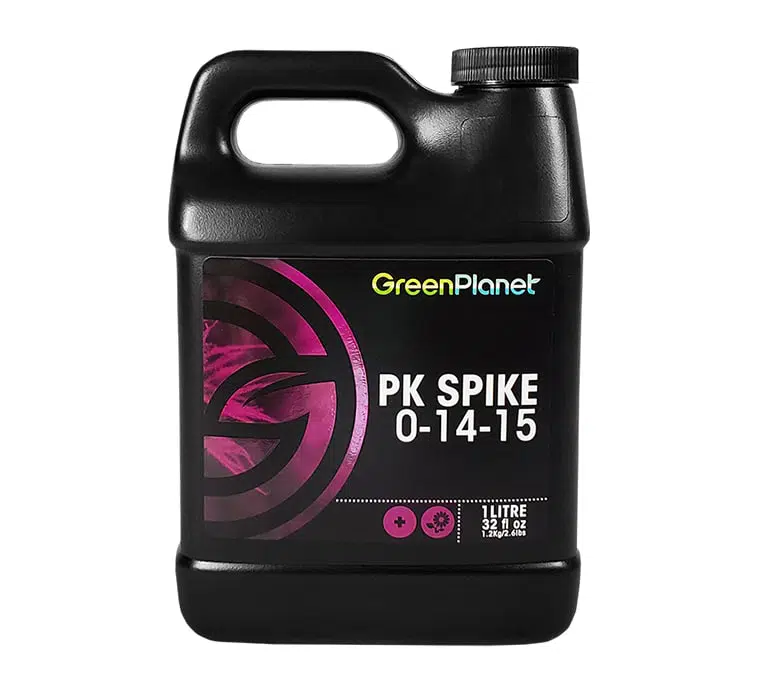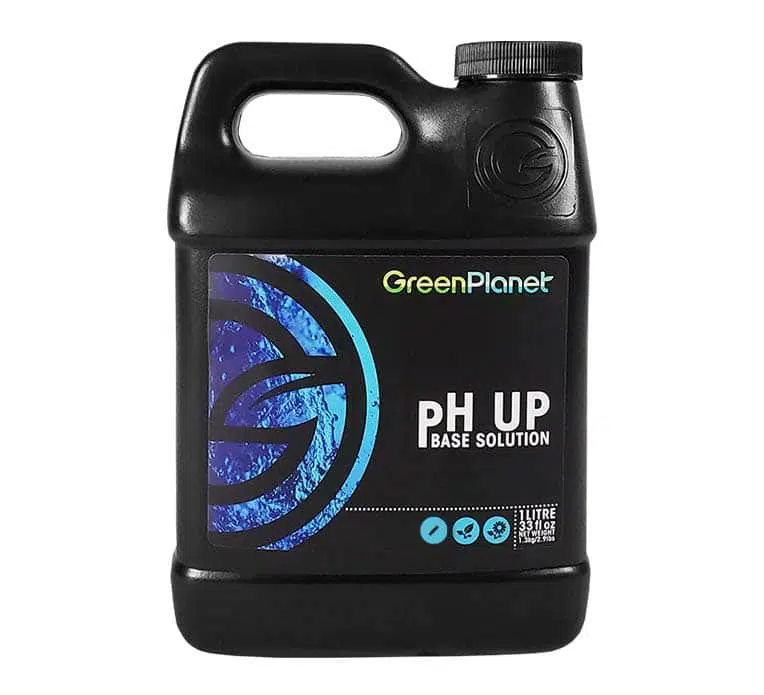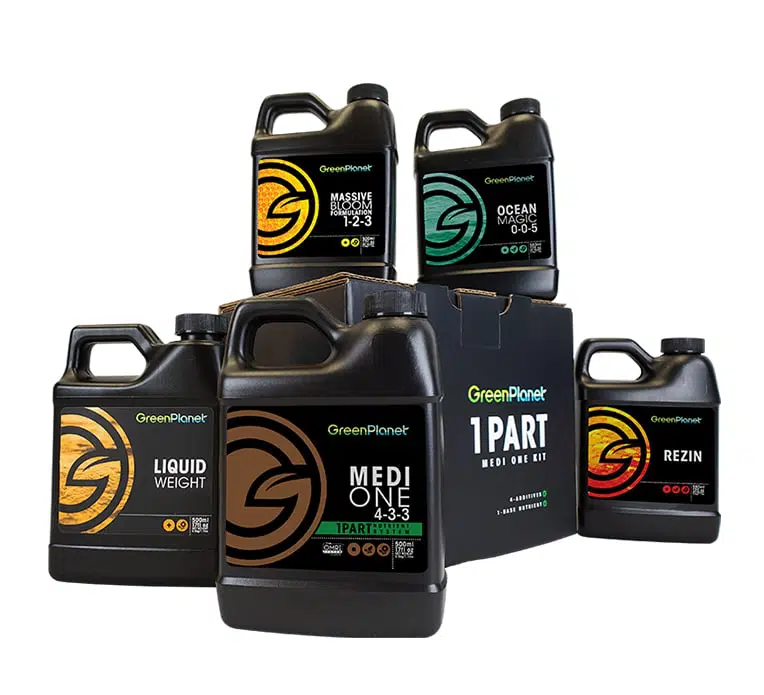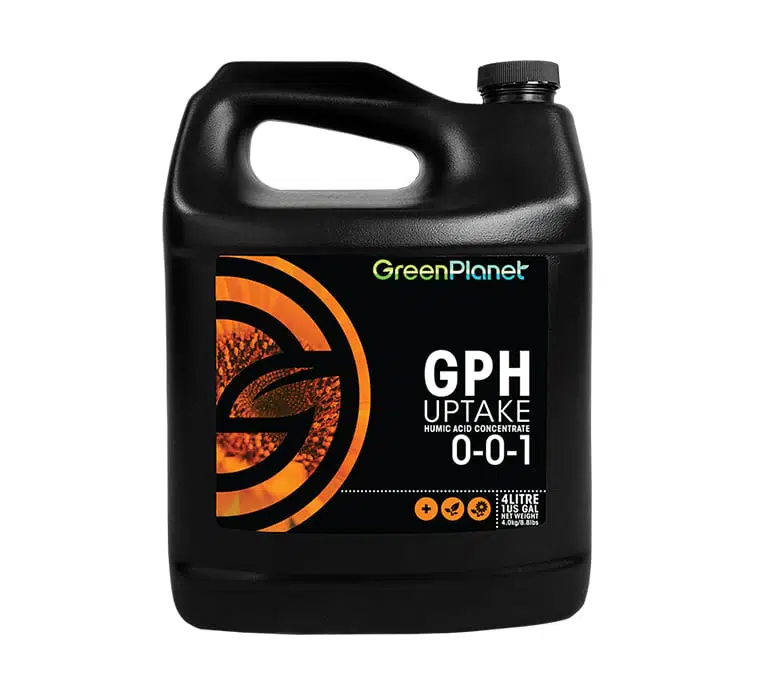Understanding the Feed Program: GP3
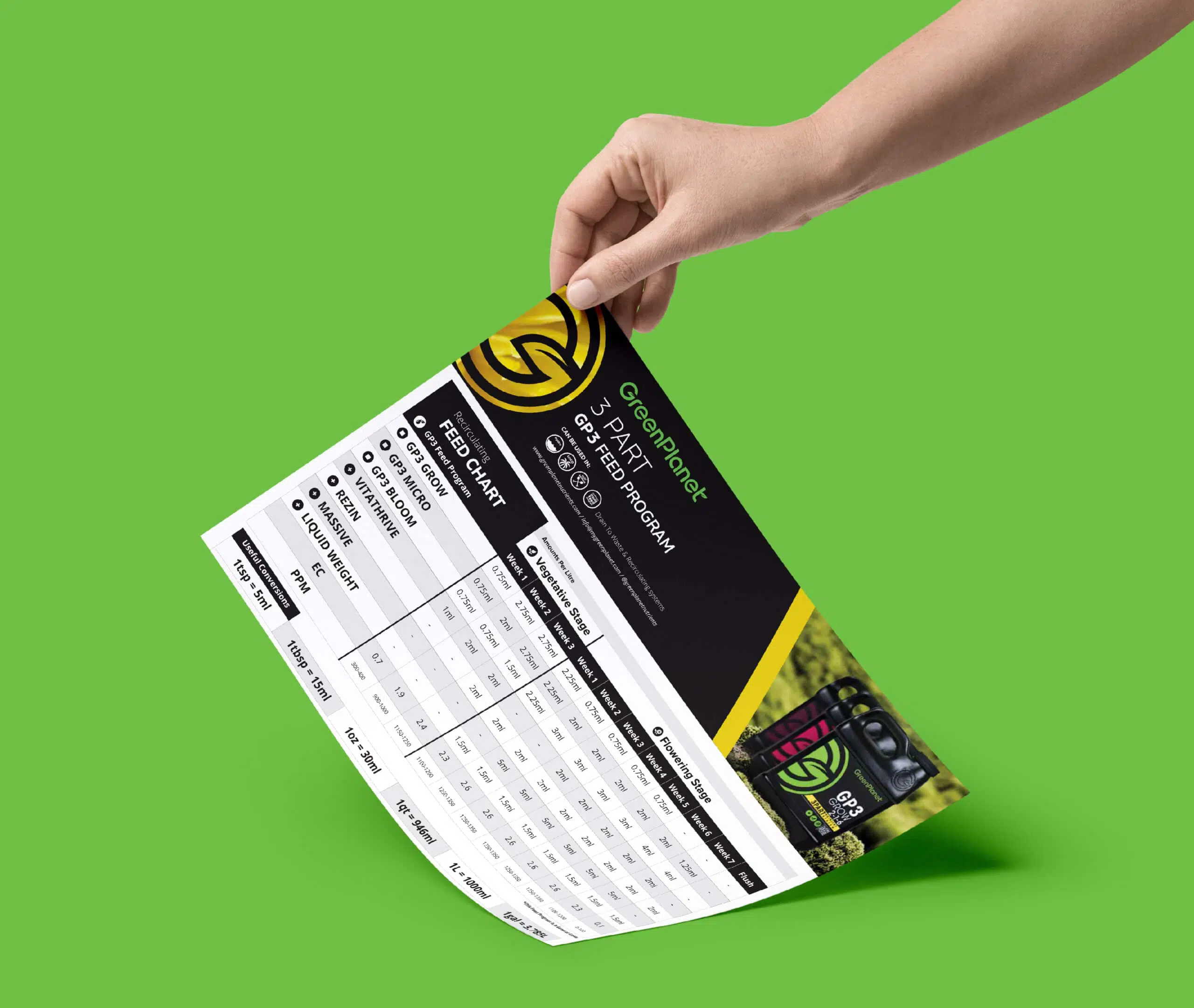
Feed programs are like recipes. They combine the best base nutrient formulas with supplements that enhance the natural growth patterns of plants. Whether you’re new to gardening or have been growing for decades, experts agree that committing to a program that promises to produce a heavy, quality-driven harvest, is a good place to start. In hopes of guiding gardeners to possibly the most quality-focused feeding program on the market, the following passages will dive deeper into GreenPlanet’s 3-Part (GP3) feed program.
What is a Feed Program?
A feed program is a schedule of plant nutrition that can be mapped in terms of fertilizer dosage, ratio, supplementation, and use over time. Usually containing several bottles, a complete feeding program should contain supplements including a base nutrient fertilizer, a vitamin supplement, a bloom booster, a source of carbohydrates, and a trichome enhancer. By combining these inputs into a feeding program, prompted with other factors which produce a confident yield, growers can expect to produce the most quality-driven harvest possible. To browse a complete list of feed programs available at GreenPlanet Nutrients, click here.
GreenPlanet’s 3-Part Feed Program
GreenPlanet’s 3-Part (GP3) feed program consists of a three-part base nutrient system and several additives that enhance both vegetative and blooming growth. Made for the expert grower, GP3 offers plants everything they need in 3 bottles. From essential micronutrients like copper, boron, and zinc, to balanced levels of nitrogen, phosphorus, and potassium, GP3 is fed to plants in varying ratios throughout stages of propagation, growth, and bloom, making them the perfect stack of fertilizer for growers who want nothing but the best. Specialty additives like plant tonics, bloom boosters, resin enhancers, and carbohydrate supplements are also included in all of GreenPlanet’s feed programs. Before committing to the GP3 feed program, consult the passages below for a description of each product included in the bundle.
Base Nutrients
Additive Nutrients
Click to see the products that make up the GP3 3 Part Feed Program
GP3 Micro – Base Nutrient
GP3 Micro is the component of the GP3 nutrient system that provides your plants with the essential and supplemental micronutrients they need in the grow and bloom stages of growth. Formulated with micronutrients like calcium, boron, cobalt, copper, manganese, iron, molybdenum, and zinc, GP3 ensures a complete and well-rounded array of elements that dispel all notions of future nutrient deficiencies.
GP3 Grow – Base Nutrient
GP3 Grow provides your plants with the optimal nutrients they require throughout the vegetative stage of growth. This stage is when your plants develop leafy green foliage and a strong root system that will be able to support flowering sites during the bloom stage. Added heavily during the aggressive vegetative stage, GP3 Grow is loaded with nutrients like potassium that help facilitate and encourage vertical growth and root mass expansion.
GP3 Bloom – Base Nutrient
GP3 Bloom is a component of the GP3 nutrient system that provides your plants with the essential nutrients they need throughout the flowering stage of growth. This stage is when your plants start to fruit and produce flowers until it is time for harvest. GP3 Bloom is loaded with phosphorous and potassium, two elements that are essential during the flowering stage. Used more heavily than any portion of GreenPlanet’s 3-Part program, GP3 Bloom is the primary nutrient responsible for the establishment and expression of tight, fully-developed flowers.
Vitathrive – Additive Nutrient
Vitathrive is GreenPlanet’s vitamin supplement. Use Vitathrive aggressively throughout the vegetative stage, on transplant day, and during any periods of stress to increase root growth, reduce internal stress, and strengthen any plant’s immune response. The main supplementary component of Vitathrive, Thiamine or vitamin B1, has been shown in old and recent research to be a factor in a plant’s diet that reduces fungal disease and plant stress (Subki et al, 2018, p. 37).
Massive Bloom Formulation – Additive Nutrient
Massive Bloom Formulation is GreenPlanet’s premier flowering additive, formulated with all of the necessary macro and microelements required to achieve an increase in flower size. As well as providing several additional beneficial properties, such as L-amino acids and a source of carbohydrates, Massive is the perfect blooming supplement to pair with the select and aggressive GP3 base nutrient system.
Rezin – Additive Nutrient
Entourage Effect: The theory that the synergistic effect of THC, flavonoids, cannabinoids, and terpenes all contribute to the overall “experience” of cannabis consumption.
Rezin is GreenPlanet’s flowering additive formulated to enhance the natural processes within flowering plants that produce flavor and aroma. With no PPM, Rezin can be used with any base nutrient program until harvest to produce large, sugar-coated flowers. Now known for enhancing the “entourage effect” (Russo, 2019, para. 17), Rezin is one proprietary supplement that is a must-have for any quality-driven garden.
Liquid Weight – Additive Nutrient
Liquid Weight is a supplement blend of simple carbohydrates that increase the amount of beneficial microbial life in the root zone. This leads to the exaggerated absorption of essential nutrients that help develop impressive aromatic flowers and fruits. Plants spend an amazing amount of energy-releasing sugars like cellulose into the root zone; so, by supplementing your plant’s expenditures with additional carbs, you can be sure the beneficial microbes in your soil will be plentifully fed, which in turn will support the cultivation and growth of your root zone. For more information on the benefits of sugars in the garden, read our blog: The Power of Carbohydrates in the Garden.
Using the Feed Program
Like a recipe, the GP3 feeding program has the best results when the formula is followed. As explained above, a feeding program is a schedule of plant nutrition that can be mapped in terms of fertilizer dosage, ratio, supplementation, and use over time. Throughout the weeks of vegetative and flowering growth, the GP3 feeding program will guide the grower through different stages of a plant’s life, and offer general feeding ratios, doses, and helpfully supplementation tips. All the measurements of plant food on GreenPlanet’s feeding programs are described in milliliters of fertilizers per liter of water.
Features and Considerations
At a glance, you’ll notice a few distinguishing features about the GP3 feeding program: first, only certain products and supplements are recommended for use in specific stages of plant growth. For example, the feeding program is split into two stages: vegetative and flowering growth. In these different stages, only certain supplements are recommended for use; for instance, you’ll notice that products that increase flower size, like Massive Bloom Formulation, are only introduced in the second week of flower, once plants have established pistils and bud sites.

Also, GP3 is fed in varying rations throughout vegetative and flowering stages and growth. This means that some nutrients, like GP3 Bloom, are fed far more than GP3 Micro or Grow during the flowering stage. And, since the flowering stage is much longer than the average vegetative period, growers can expect to use almost twice as much GP3 Bloom during the entirety of a crop. So, be aware that if you’re growing a crop at scale, you may need to invest in twice as much GP3 Bloom as compared to the rest of the GP3 base nutrient system (GP3 Micro/Grow).
Feeding Considerations
Another aspect of the GP3 feed program to examine is the rise and gradual plateau of the recommended Parts Per Million (PPM) of your nutrient solution. PPM is a unit of measurement which describes the concentration of a solution. In this case, since we are examining fertilizer, PPM can be seen as a measurement that determines the strength and concentration of dissolved elements within a nutrient solution.
While following the GP3 feeding program, you’ll notice that the PPM of you’re nutrient solution will gradually increase as you move into the flowering stage, finally plateauing in weeks 2 – 6, followed by a gradual decrease in strength as you move towards the final weeks of flush. These general measurements are based on the assumption that as time progresses, your plants will become larger, and therefore be able to digest a more concentrated nutrient solution. However, these nutrient levels generally plateau and decrease as plants ripen and move towards the flushing stage. For a more in-depth understanding of PPM and plant nutrition, refer to the blog titled: What are Base Nutrients?
Works Cited
- Russo, E. (2019). The case for the entourage effect and conventional breeding of clinical cannabis: No “strain,” no gain. Frontiers in Plant Science. Retrieved, December 10th, 2020 from US National Library of Medicine.
- Subki, A. (2018). The role of thiamine in plants and current perspectives in crop improvement. B Group Vitamins – Current Uses and Perspective. Retrieved, January 14th, 2020 from ResearchGate.net
Check out our Resource Center for more product information
Read More
- What are Additive Nutrients?An additive nutrient, or nutrient supplement, can be described as any plant food product that seeks to enhance natural patterns of development. Unlike base nutrients,… Read more: What are Additive Nutrients?
- Why Testing the pH of Your Runoff Can Save Your CropIf you’ve recently noticed some leaf discoloration, mutation, or poor growth, it’s quite likely an inadequate pH range is the culprit behind these issues. pH… Read more: Why Testing the pH of Your Runoff Can Save Your Crop
- What’s the Difference Between Dry and Liquid Fertilizer?Unfortunately, not all fertilizers are created equal. That’s not to say that one product or feed program won’t perform as advertised, but as we’ve learned… Read more: What’s the Difference Between Dry and Liquid Fertilizer?




